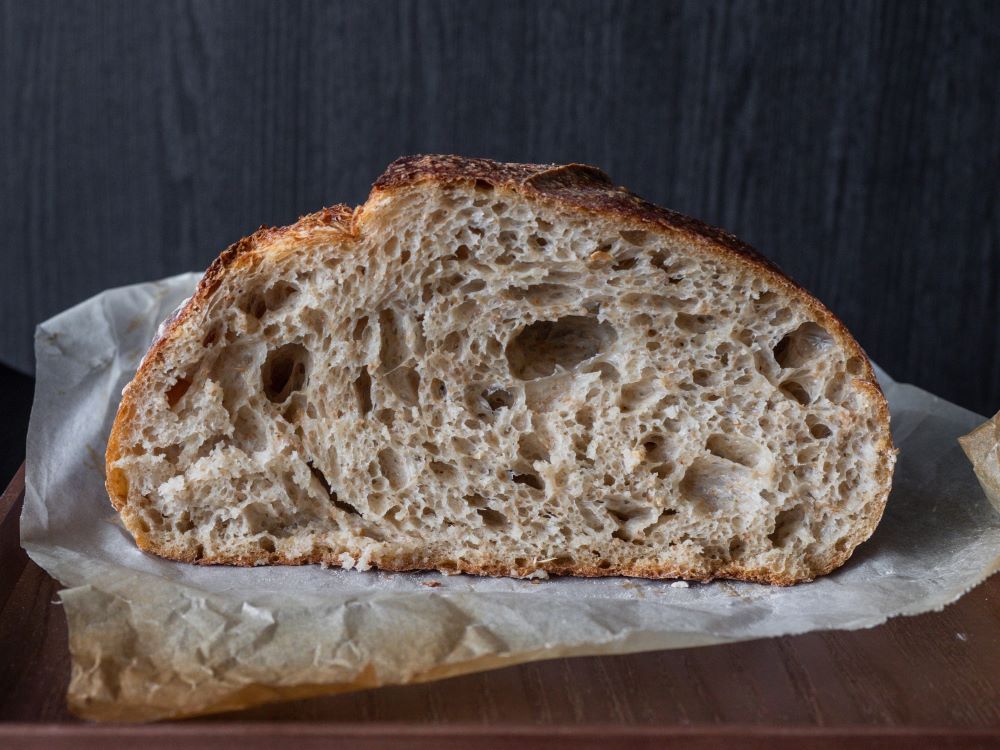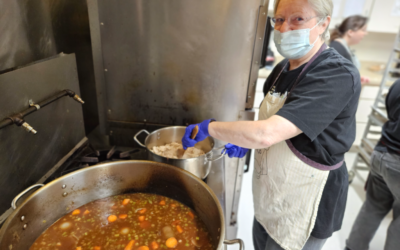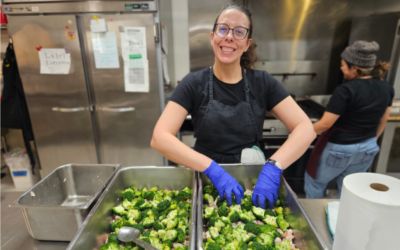Gluten is a structural protein that has an elastic texture and is often (but not only) found in grains. When water and certain grains mix together, strands of gluten begin to form. Now, gluten can form in two ways; through time or manually through agitation. For example, if I were to take water and flour and put it in the mixing bowl of a stand mixer and run it with the dough hook attachment, you’d begin to see a change in the dough. At first it would look slack, having lots of give, and almost like a whisk mixing through pudding. After a few minutes, maybe 4-5 depending on the hydration percentage, you’ll start to see the dough hold to the dough hook and keep shape. That’s the formation of gluten, the network of elastic proteins keeping the dough together. This is so important in bread making because gluten gives us texture, and it helps trap the gas (CO2) from the reaction between the yeast and flour. When trapped in this elastic, gas becomes our crumb structure in the bread (or, in a more fun way, the big bubbles on the end of the pizza crust).
So how does this relate to no knead bread? Well, allowing dough to ferment overnight will give you a similar result to kneading dough for 10 minutes. Gluten will naturally begin to form over time, so once you’ve incorporated your flour and water (and yeast and salt) you can let your dough sit (ferment) over night and those glutenous strands will form. This is also advantageous as it allows for a slow fermentation. At cold temperatures yeast reacts much slower, so its slow digestion of the flour and resulting CO2 burps creates a deeper flavor. After its overnight rest you’d pre-shape your dough, then after another short rest you’d shape it into the loaf you’d want. At that point you’d bake it and end up with a bread with deep flavor, open texture, and held together by gluten.






0 Comments